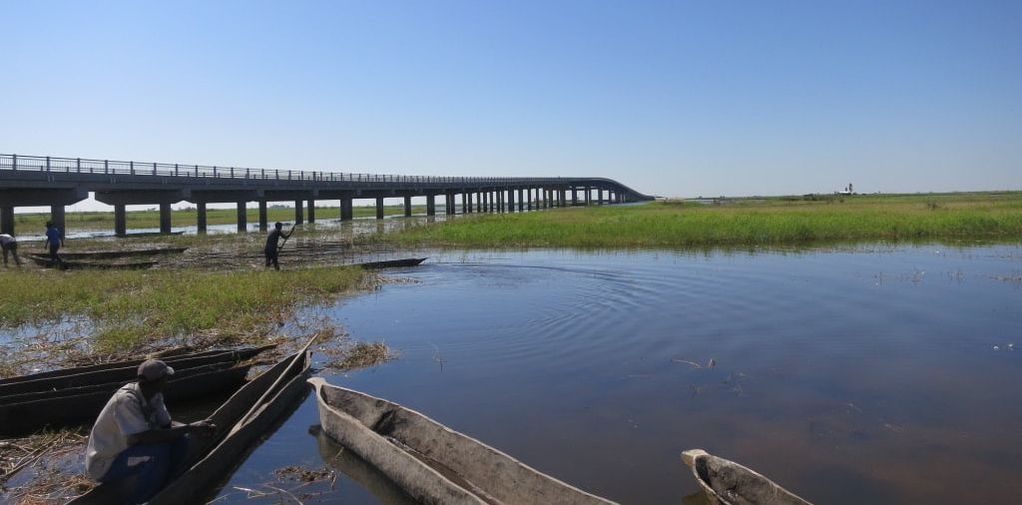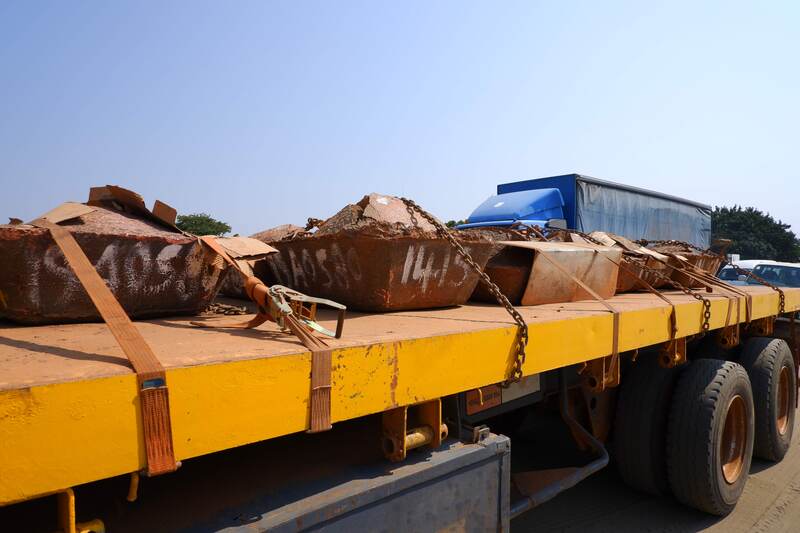The Planner's Craft (Zambia)
What values are debated and expressed in large infrastructure projects?
Zambia’s registered planners and engineers have been tasked with a massive infrastructure initiative: improve more than 8,000 km of bridges and roadways for carrying heavy copper ore toward Angolan and Namibian ports. According to the ruling party’s political rhetoric, this ambitious “Link Zambia 8000” plan will transform Zambia “from a land-locked country to a land-linked country” over just five years.
Bordering Angola and Namibia, Western Province is a rural and historically neglected province where, in 2016, less than 10 percent of the population lived within 2 km of a serviceable road. Though expanding the province’s roadways is physically challenging due to the 200 km-wide Zambezi floodplain transecting it, the primary difficulty is not geographical but political. The local authority, the Barotse Royal Establishment (BRE), cannot finance large infrastructure investments. It must instead rely on the Zambian state and its access to international donors. However, Zambia’s near-exclusive focus on international routes for copper export frustrates the BRE and local residents who do want modern infrastructure, but rather for local commerce and circulation.
Municipal planners and engineers work at this nexus of international demand, national politics, and local responsibility. Their experiences reveal the fissures of development as a technical and political process, and the challenges they face offer an unparalleled opportunity to study the planners’ craft.
Bordering Angola and Namibia, Western Province is a rural and historically neglected province where, in 2016, less than 10 percent of the population lived within 2 km of a serviceable road. Though expanding the province’s roadways is physically challenging due to the 200 km-wide Zambezi floodplain transecting it, the primary difficulty is not geographical but political. The local authority, the Barotse Royal Establishment (BRE), cannot finance large infrastructure investments. It must instead rely on the Zambian state and its access to international donors. However, Zambia’s near-exclusive focus on international routes for copper export frustrates the BRE and local residents who do want modern infrastructure, but rather for local commerce and circulation.
Municipal planners and engineers work at this nexus of international demand, national politics, and local responsibility. Their experiences reveal the fissures of development as a technical and political process, and the challenges they face offer an unparalleled opportunity to study the planners’ craft.
|
Beginning in January 2019 and collaborating with the Zambian Institute of Planners and the Southern African Institute for Policy and Research, a year-long Fulbright Grant funded my fieldwork on planners and engineers working to improve roadways in Western Province. In March 2020, I was also awarded a Franklin Grant from the American Philosophical Society to fund research in Zambia’s National Archives, which will begin once international travel is safe.
|
|
While many consider large bridges and roadways marvels of human ingenuity and mastery over nature, those closer to such initiatives are sensitive to their historical and political contours: how their presence, delay, or absence reflects exquisitely human dynamics of power, connection, and exclusion.
Supporters point to these plans as evidence of the country’s modernization and professional capacity, its economic development, and its maturing regional and global connections. Meanwhile, detractors point to ongoing delays in implementation, continuing neglect of historically disadvantaged regions, and coercive international influence. Many local residents also oppose certain projects for fear of environmental and health impacts. |
|
This ethnographic study of registered planners and engineers in Western Province examines the diverse meanings ascribed to their attempts to alter natural landscapes and thereby social, economic, and political landscapes through the provision of roadways and bridges in this rural, historically neglected province. What values are debated and expressed in large infrastructure projects?
|





